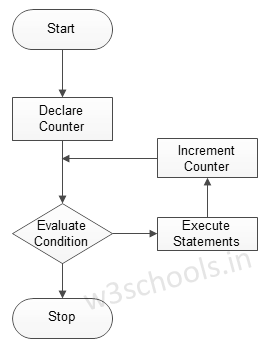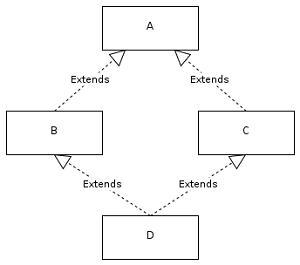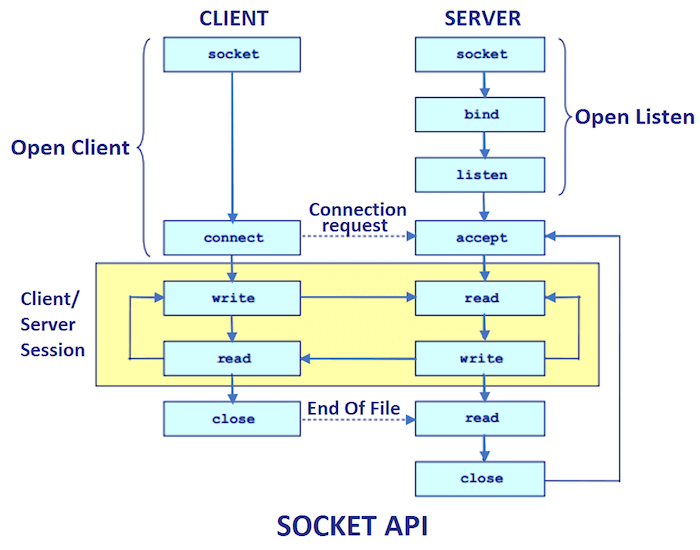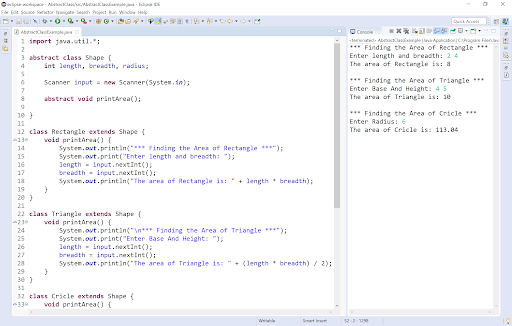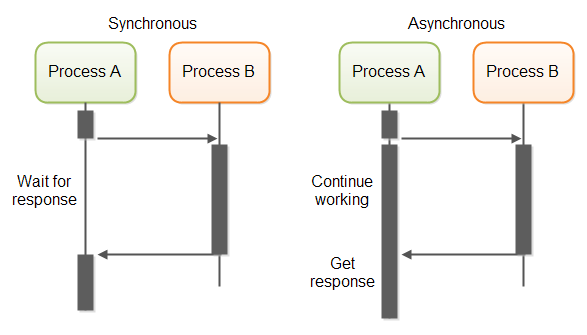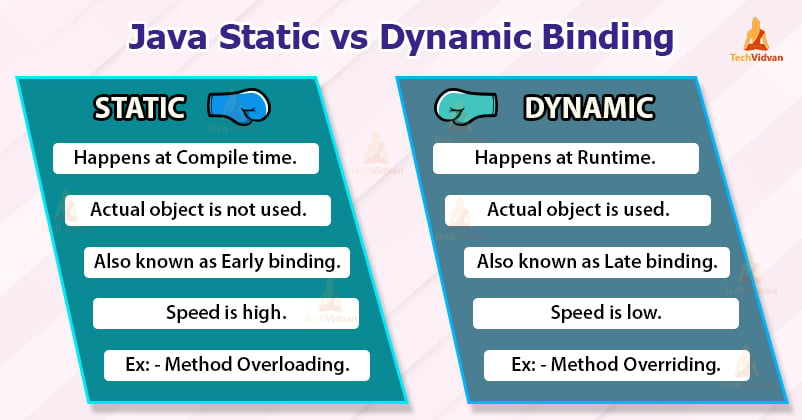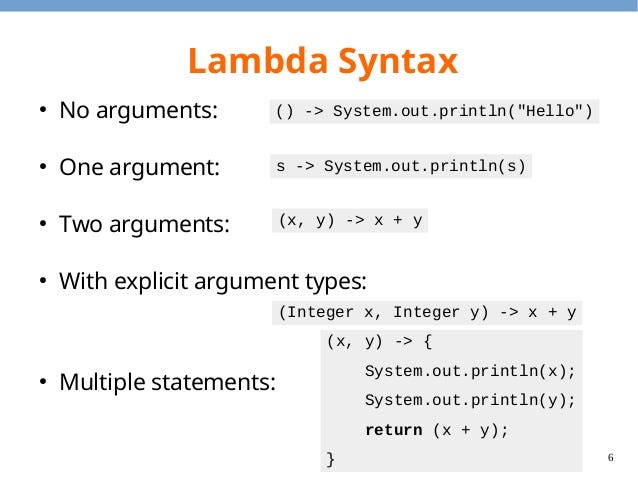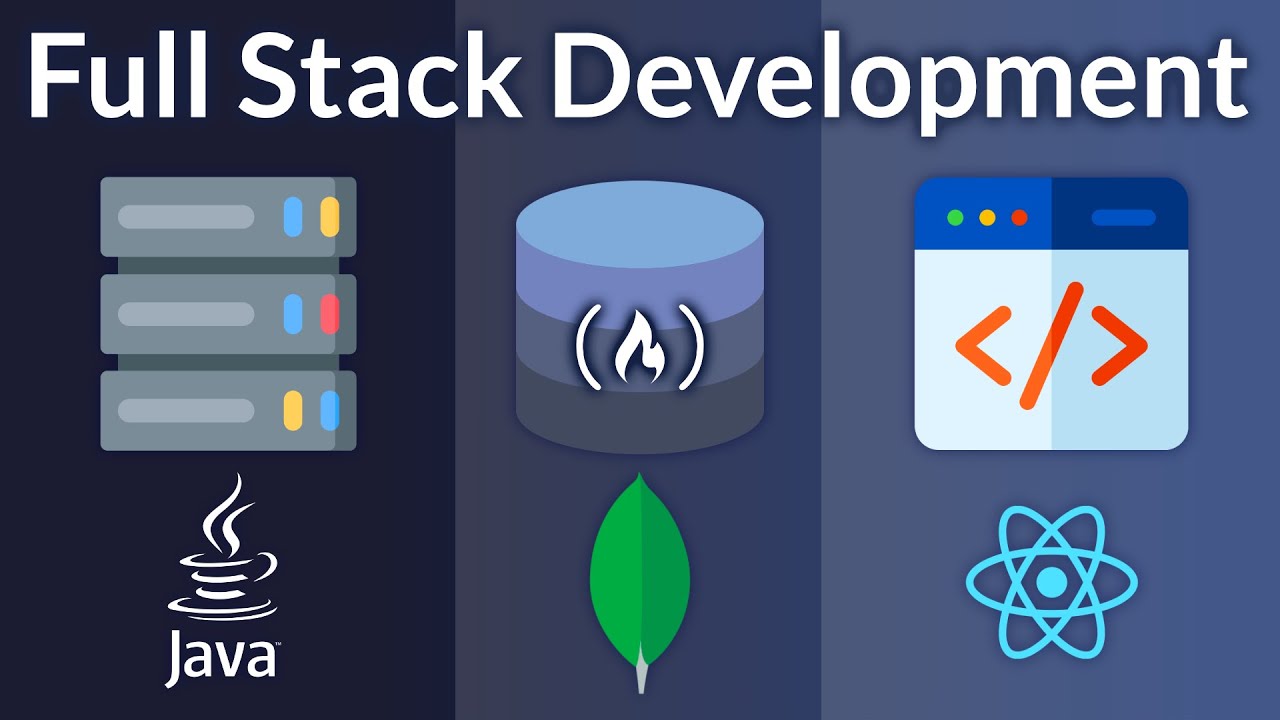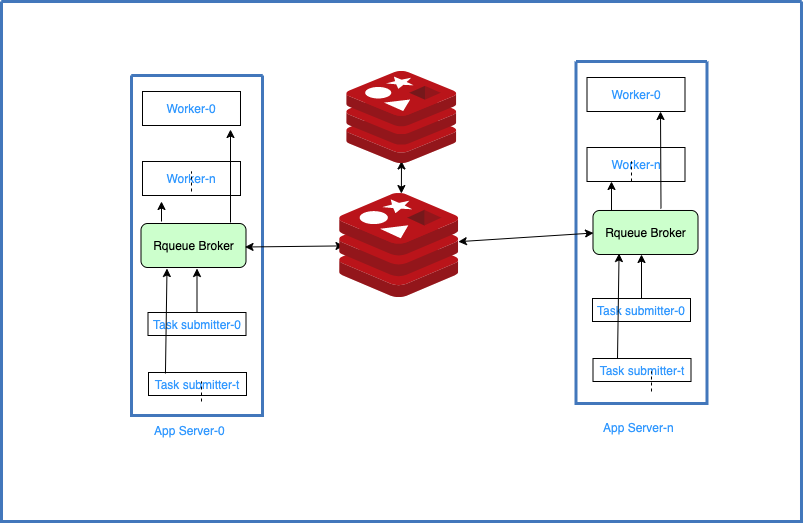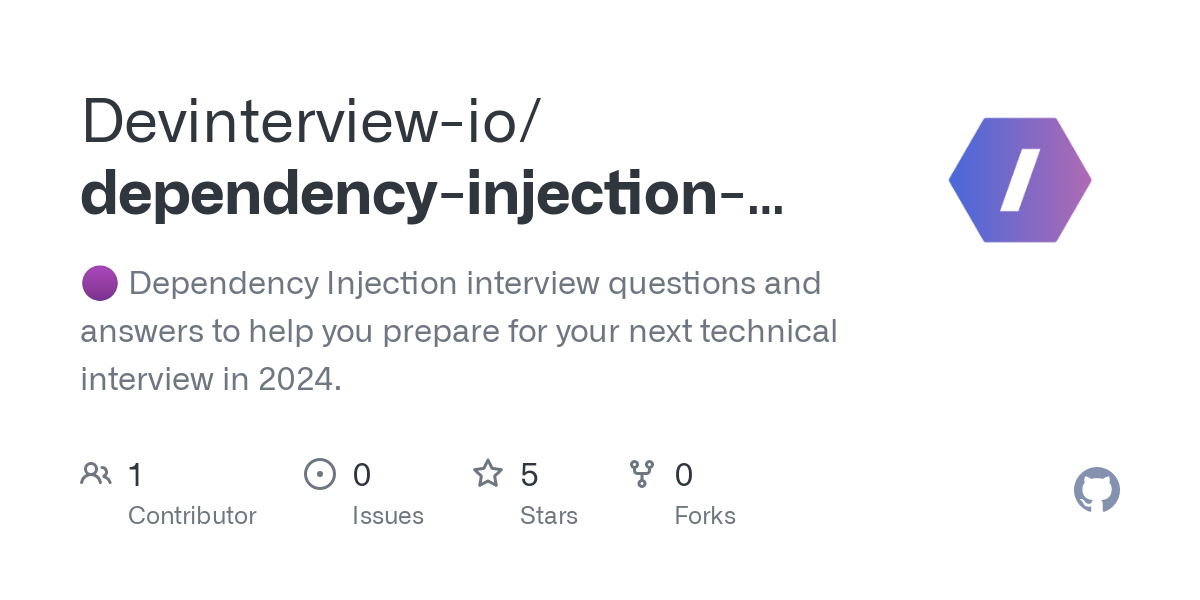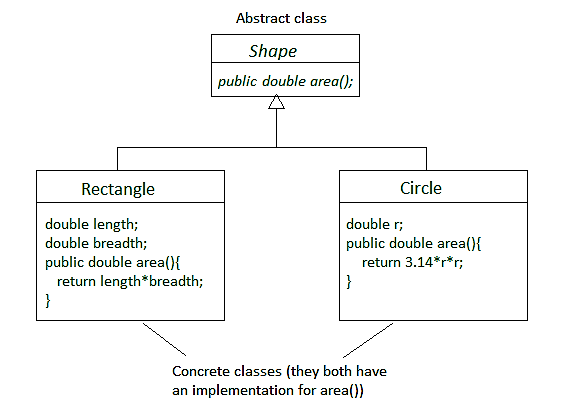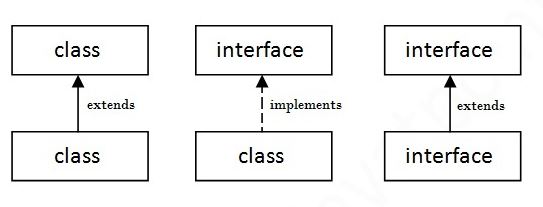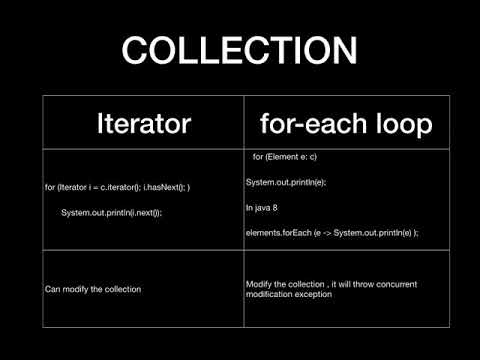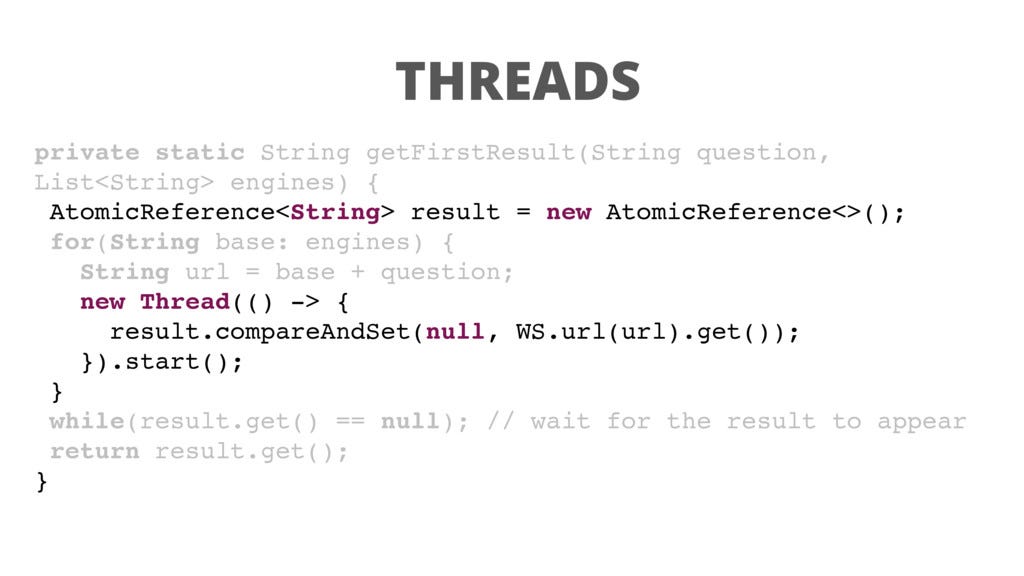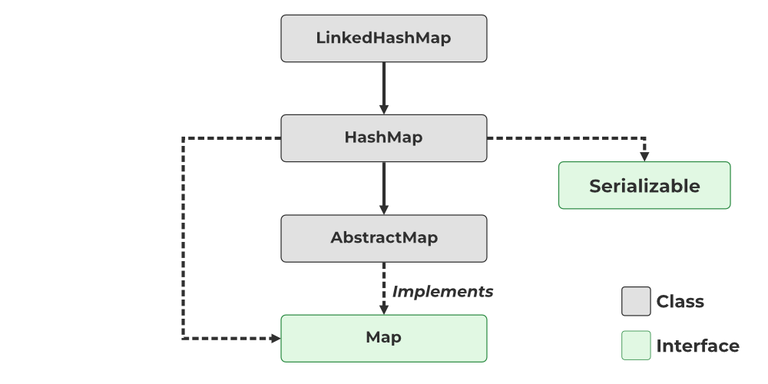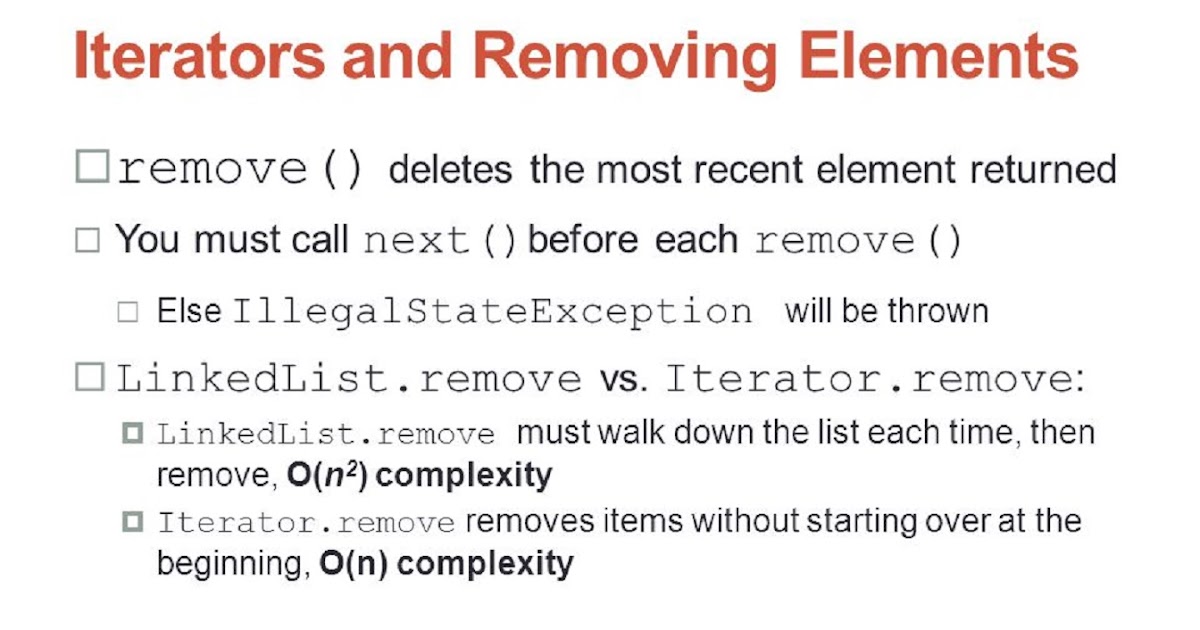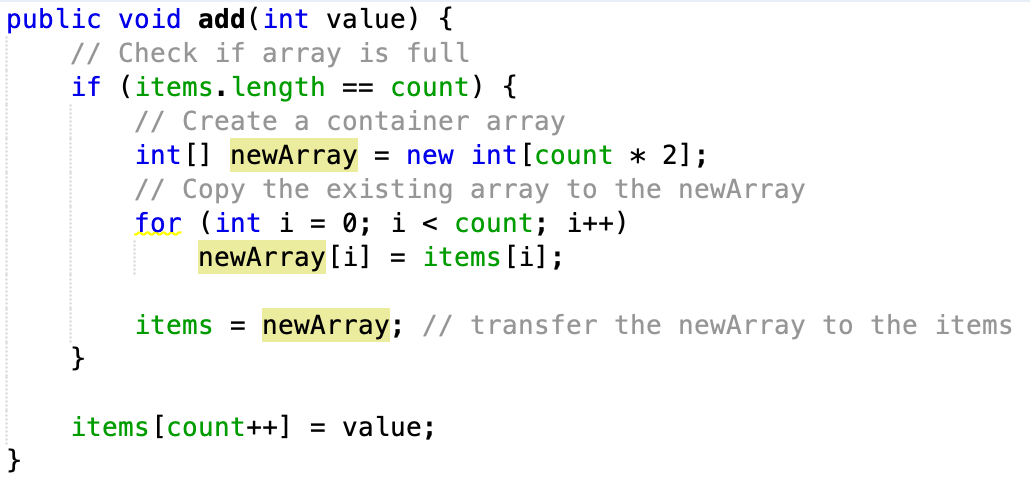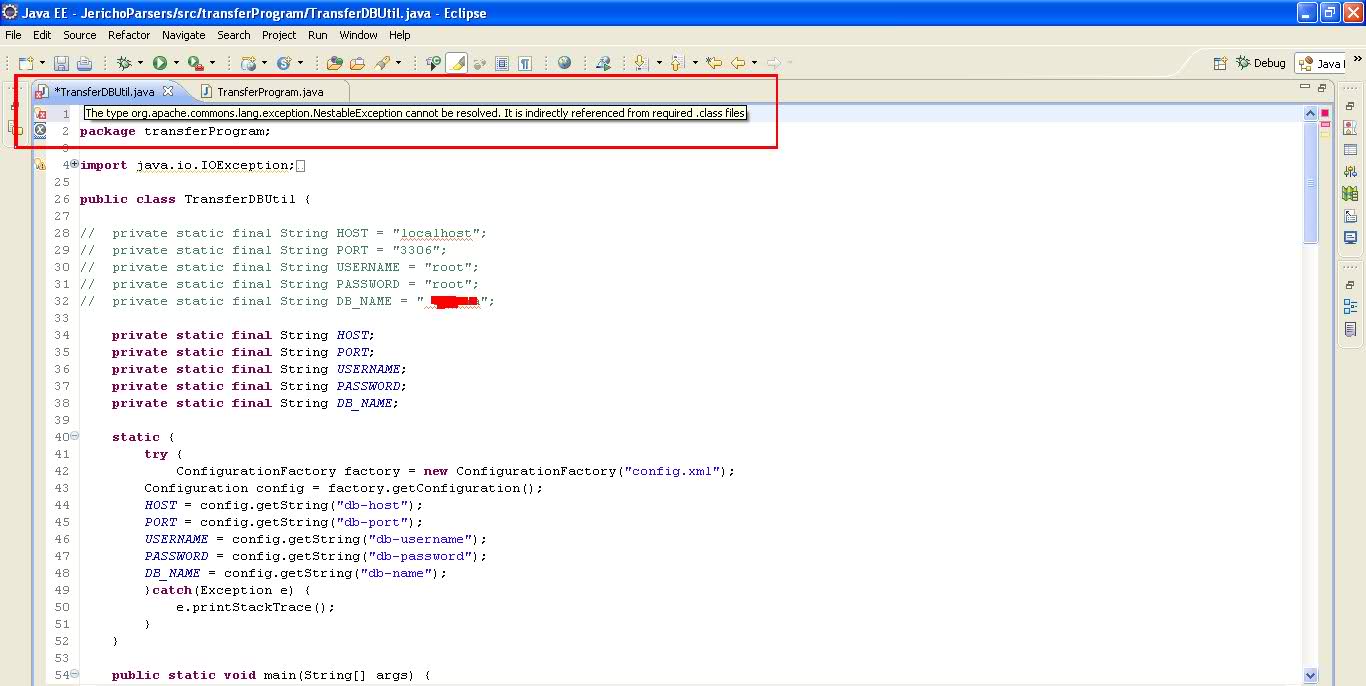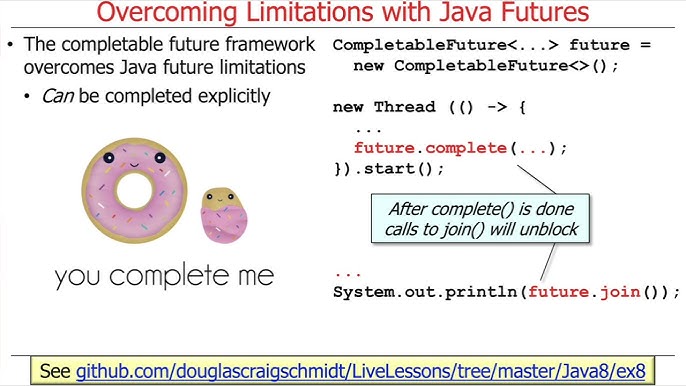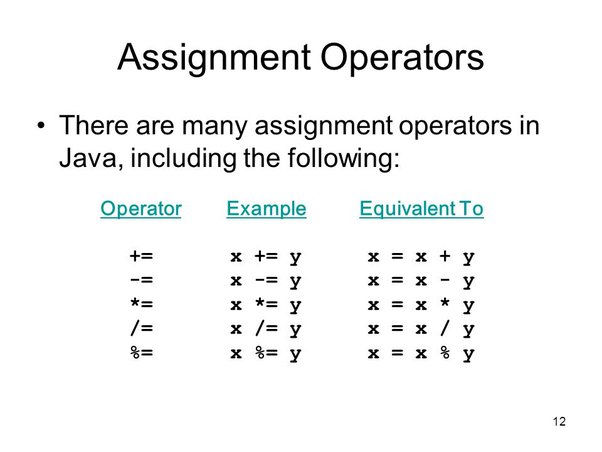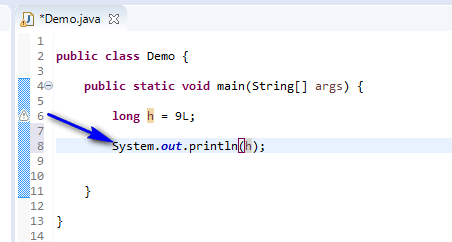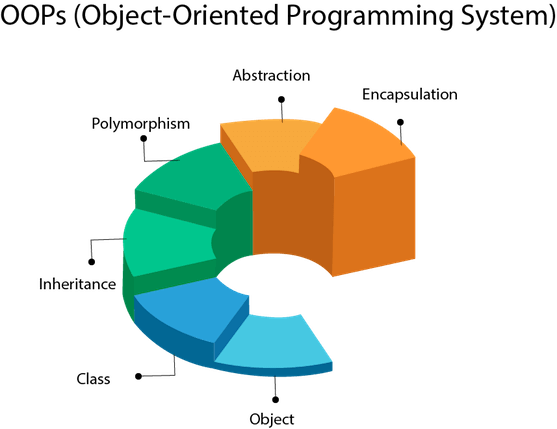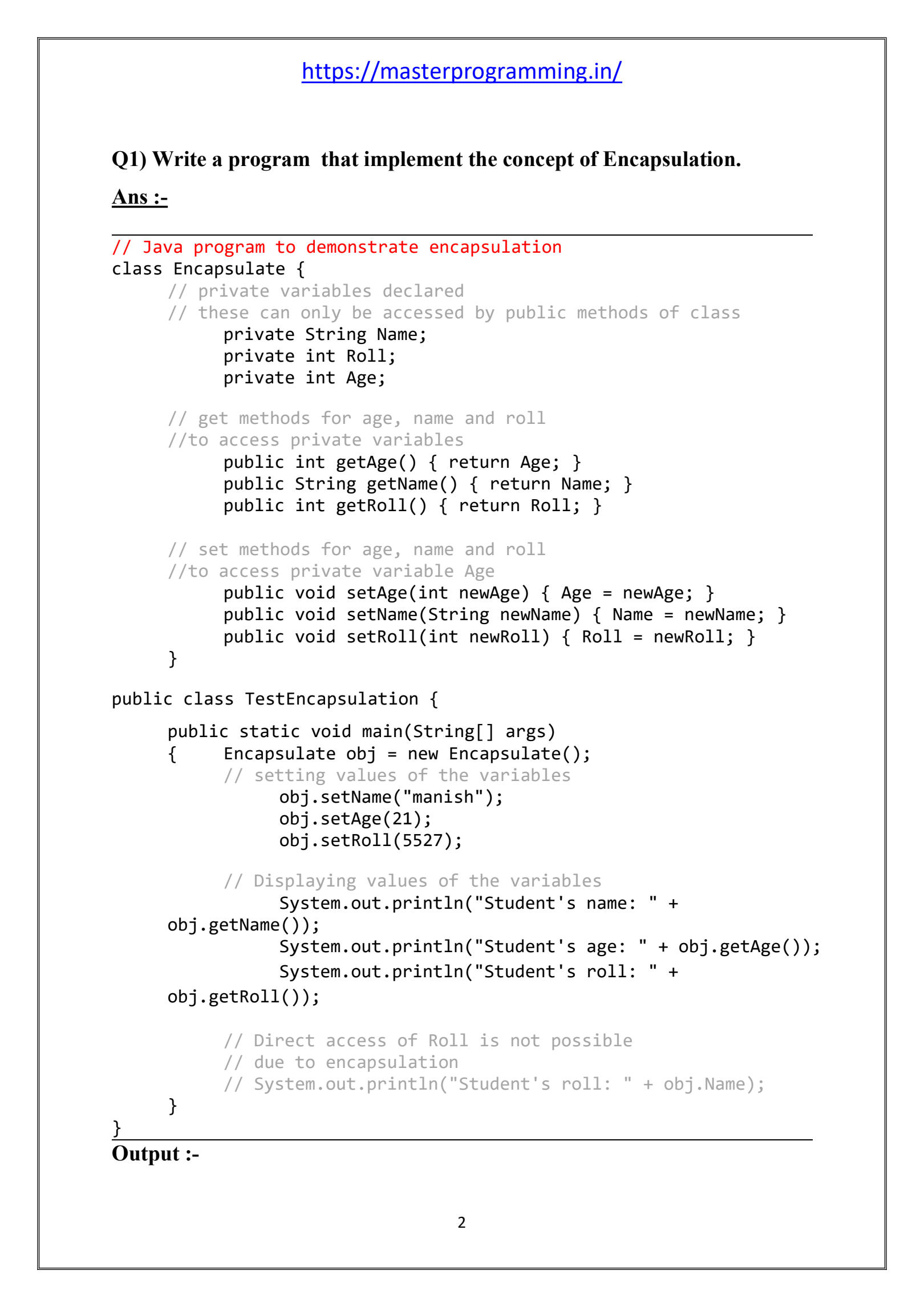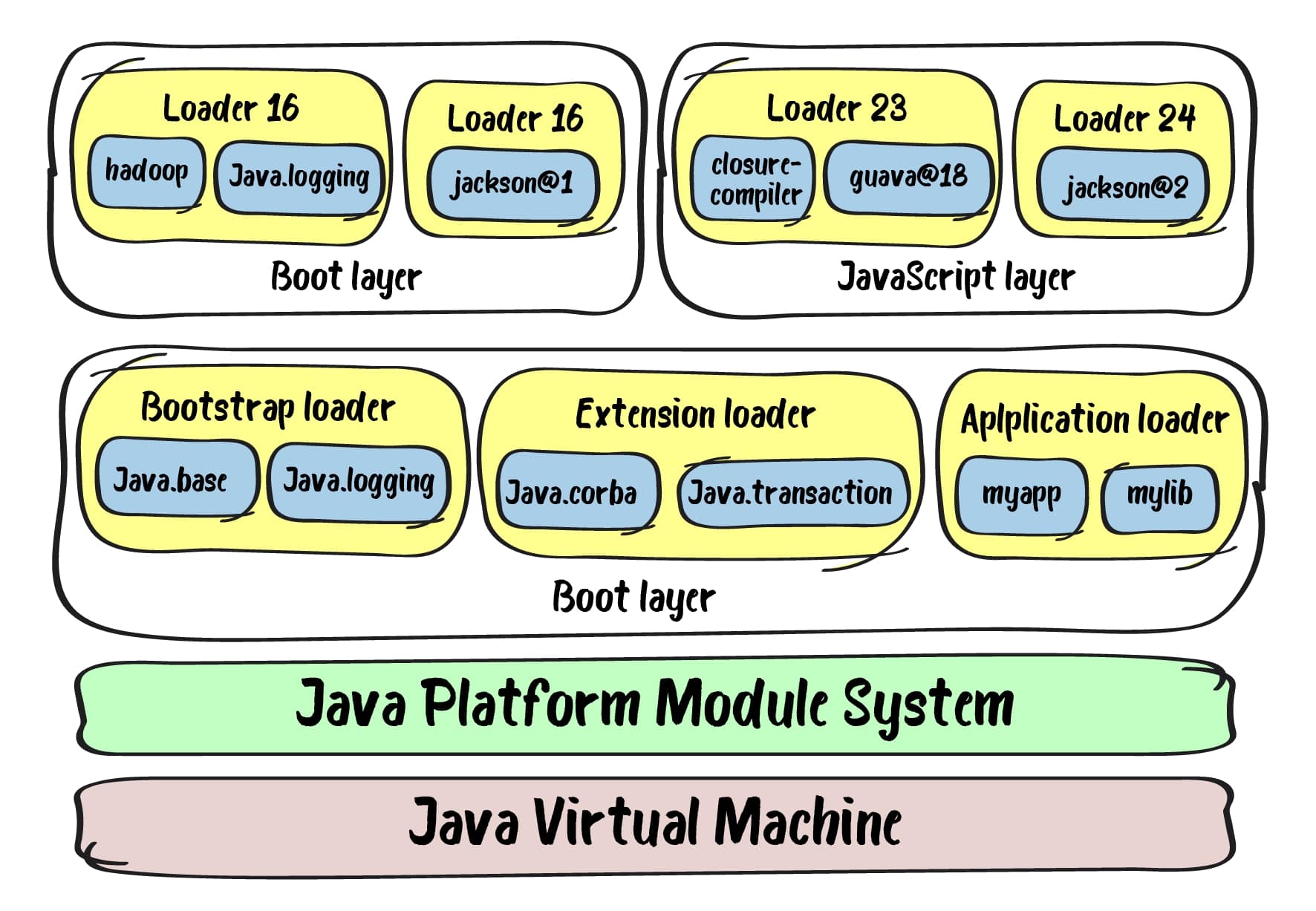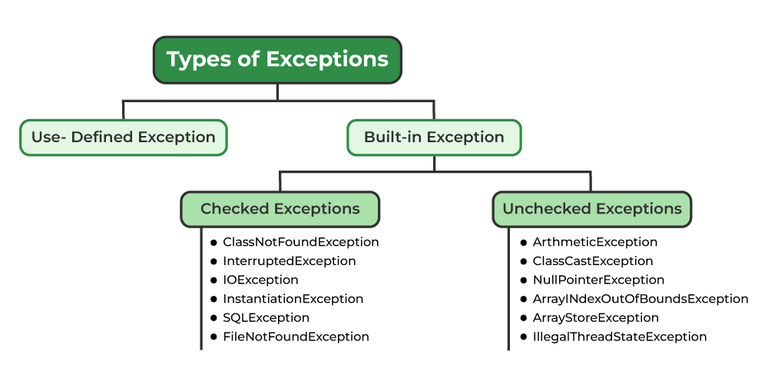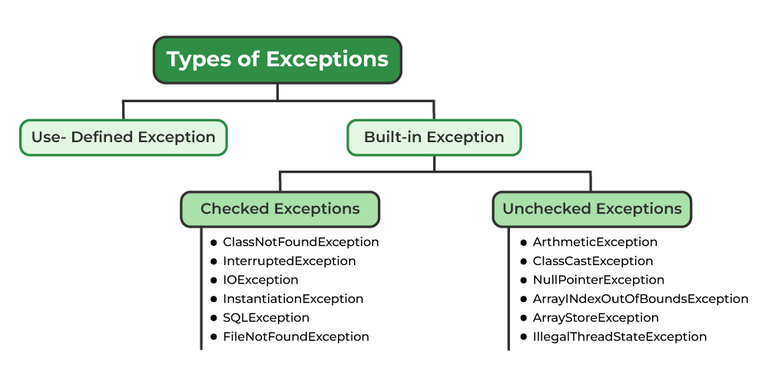How to deploy Java code to lambda?
How to deploy Java code to lambda?
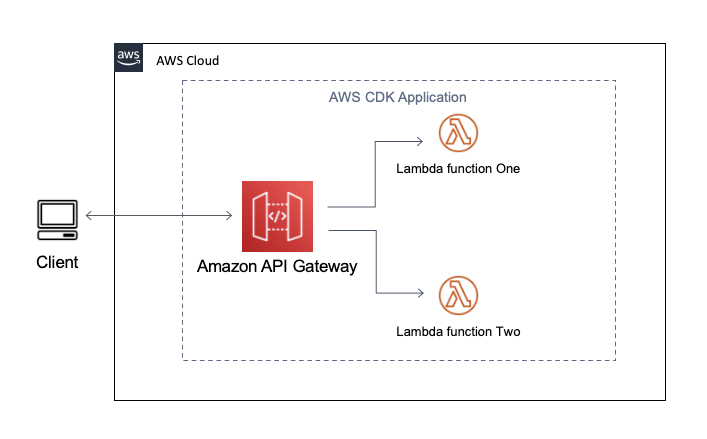
Deploying a Java application to AWS Lambda is a bit different from traditional deployment methods. Here's a step-by-step guide on how to do it:
Prerequisites:
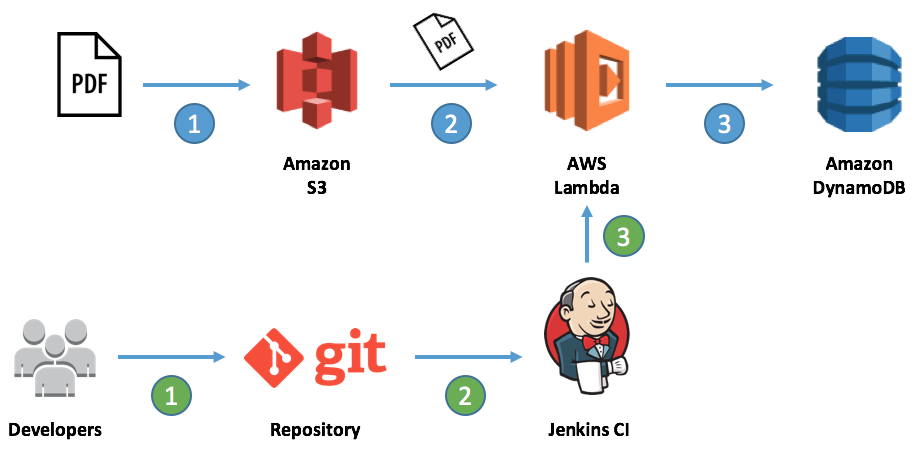
Step 1: Create an AWS Lambda function
Log in to the AWS Management Console, navigate to the Lambda dashboard, and click "Create function".
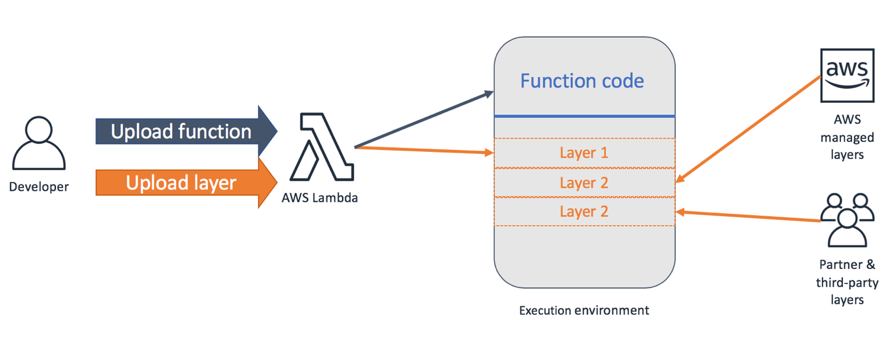
Step 2: Configure the Lambda function
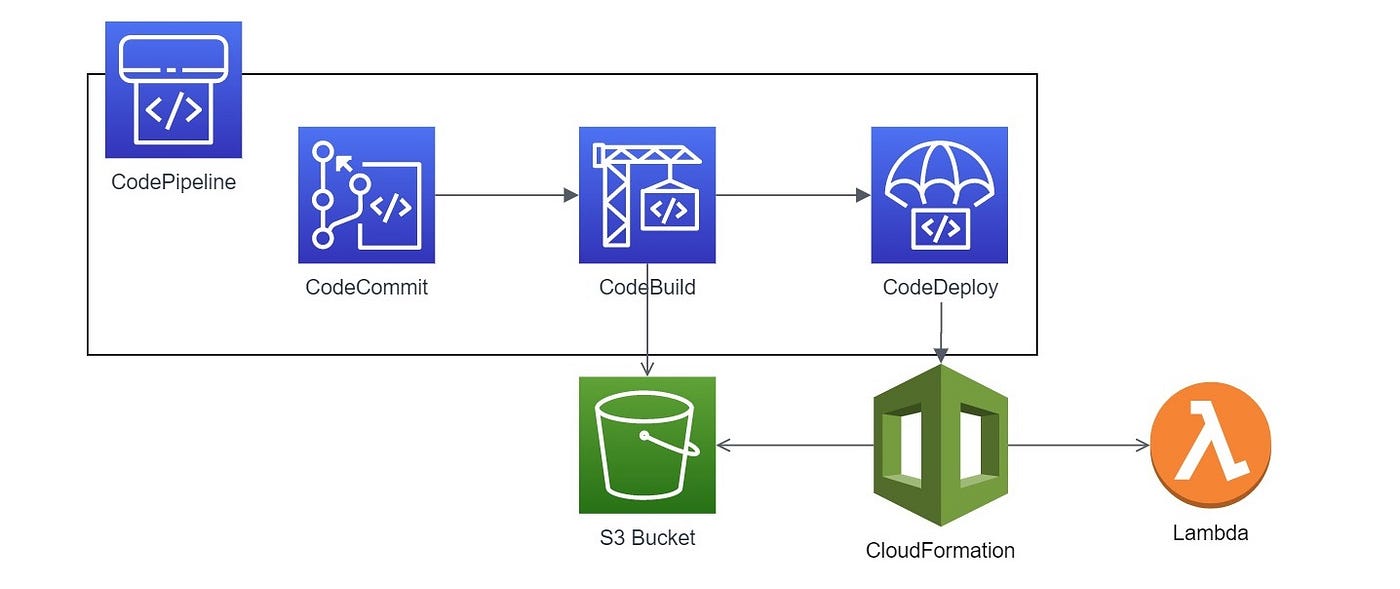
Step 3: Define the trigger for your Lambda function
Choose an event source that triggers your Lambda function. For example:
API Gateway: Integrate your Lambda function with an AWS API Gateway, which can handle HTTP requests and route them to your Lambda function. S3: Use the S3 trigger to execute your Lambda function whenever a new file is uploaded or an existing one is updated in an S3 bucket. DynamoDB: Trigger your Lambda function whenever a new item is added or updated in a DynamoDB table.Step 4: Review and create the Lambda function
Carefully review the settings you've made, then click "Create function" to deploy your Java application to AWS Lambda.
Post-deployment steps:
Monitor your Lambda function's performance using CloudWatch logs. Test your function by triggering it manually (e.g., uploading a file to S3) or through an API Gateway. Optimize your function as needed for better performance, latency, and cost-effectiveness.Additional tips:
Make sure you follow best practices for Java coding, such as using try-catch blocks and handling exceptions properly. Be mindful of Lambda's limitations, like memory constraints (3008 MB) and execution time (up to 900 seconds). Use AWS X-Ray to visualize your function's performance and debug issues.By following these steps, you've successfully deployed your Java application to AWS Lambda, enabling you to take advantage of serverless computing benefits, such as scalability, cost savings, and reduced administrative burdens.
What is Java lambda used for?
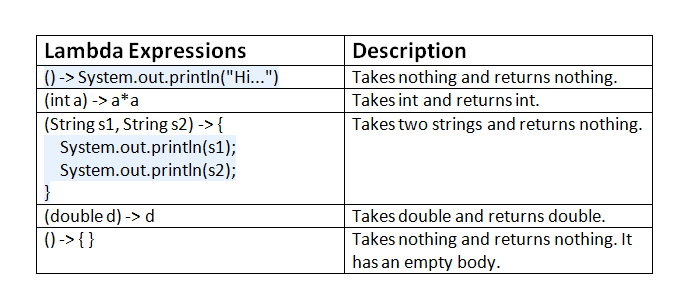
Java Lambda Expressions!
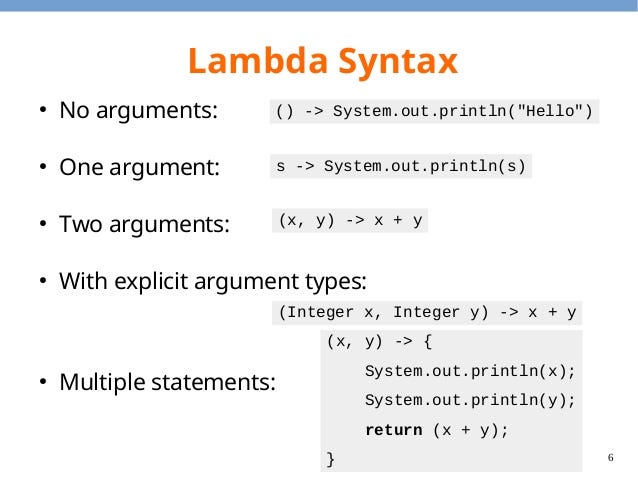
Java Lambda expressions are a feature introduced in Java 8, which provides a concise way to create anonymous functions, also known as "function literals". This allows you to define small, one-time-use functions that can be passed as arguments to methods, returned from methods, or used within loops. In other words, lambda expressions enable functional programming in Java!
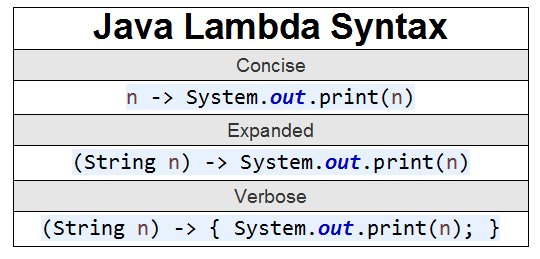
So, what are Lambda Expressions used for? Here are some use cases:
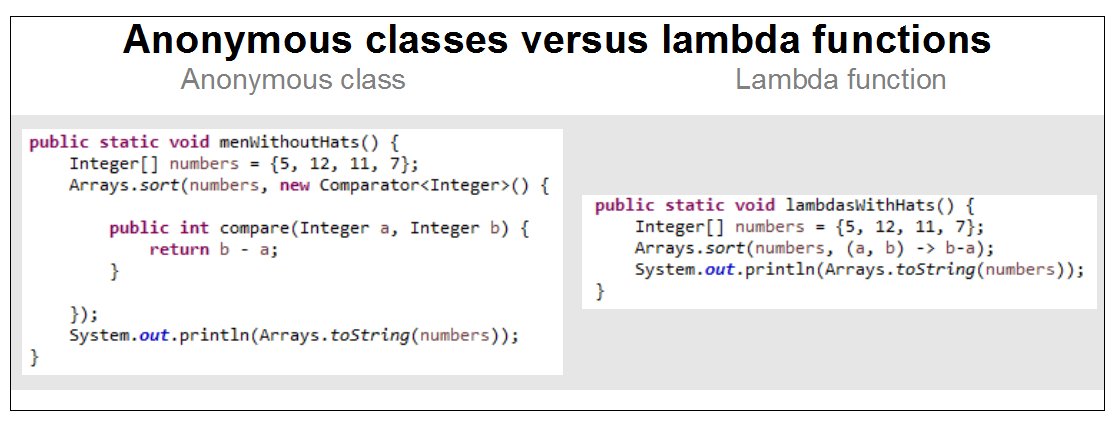
Some examples of using Java Lambda Expressions:
// Simple Example: Squaring numbersList numbers = Arrays.asList(1, 2, 3, 4, 5);
List squaredNumbers = numbers.stream()
.map(n -> n * n)
.collect(Collectors.toList());
// Using Lambda with Stream API: Filtering out null values
List strings = Arrays.asList("Hello", "World", null, "Java");
List nonNullStrings = strings.stream()
.filter(s -> s != null)
.collect(Collectors.toList());
In summary, Java Lambda Expressions provide a concise way to create anonymous functions, making it easier to work with streams, events, and data processing. They're an essential feature in modern Java development!

